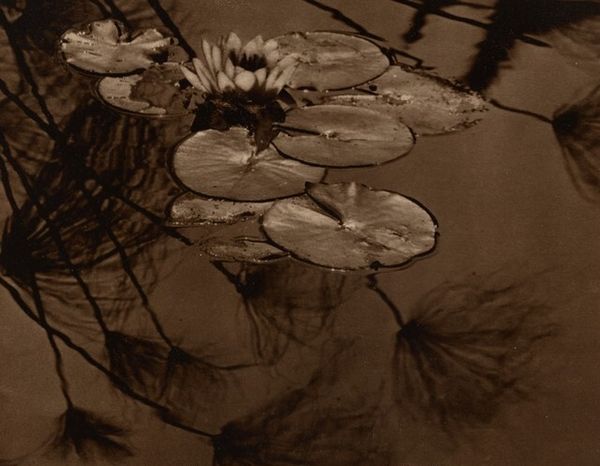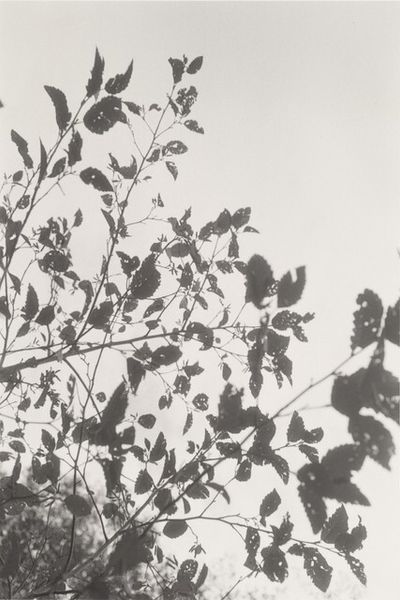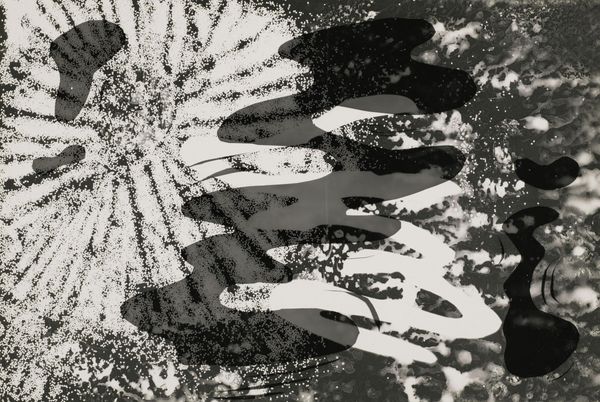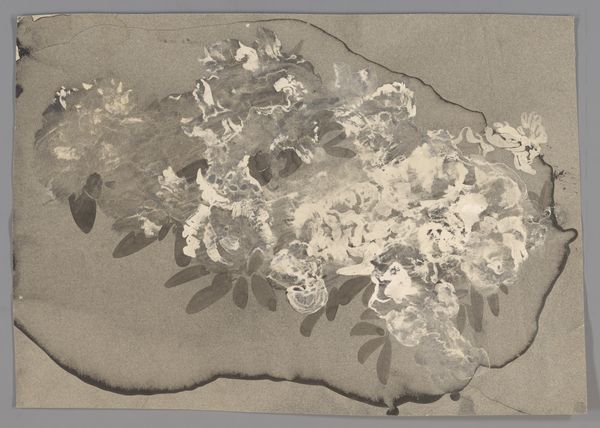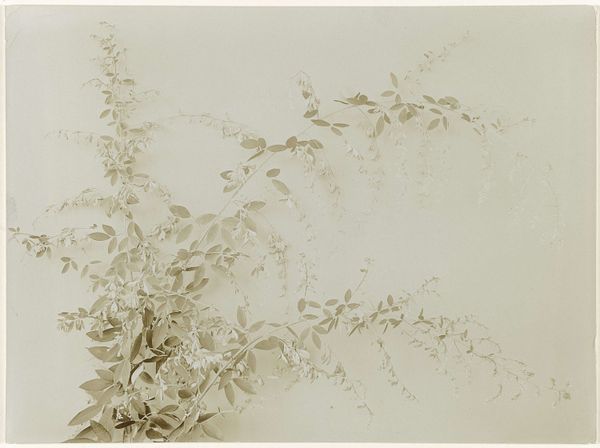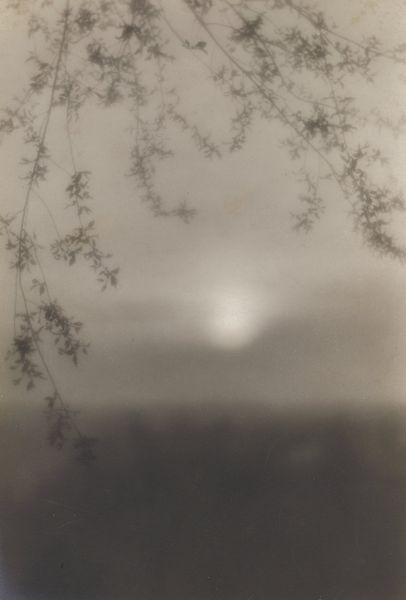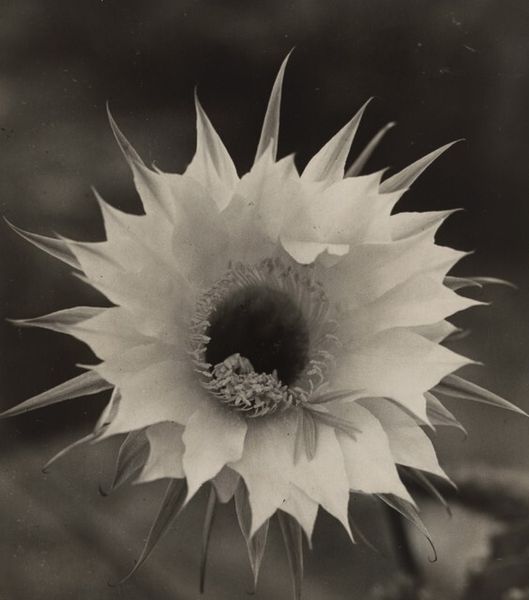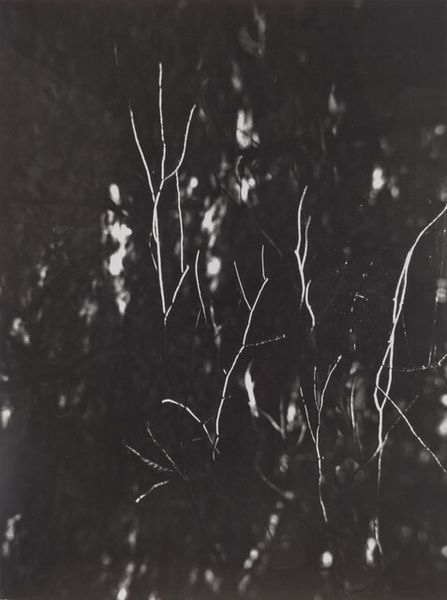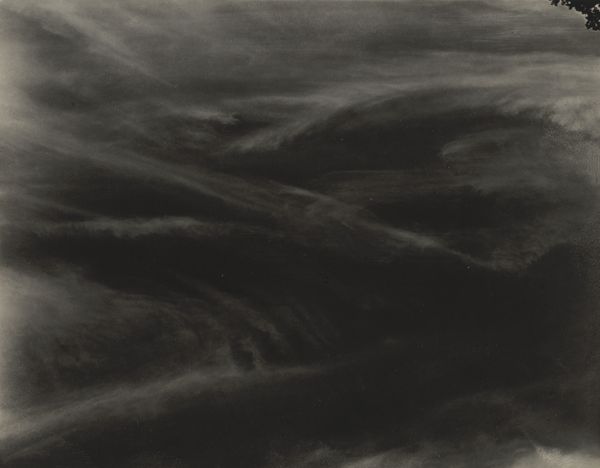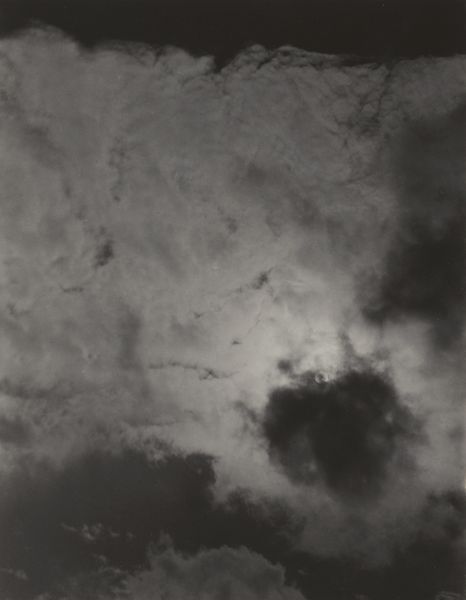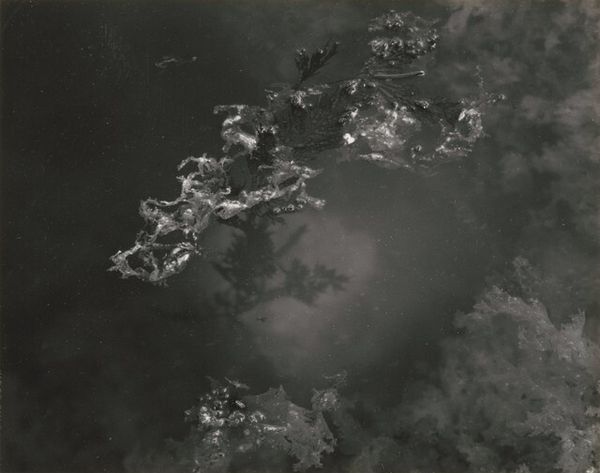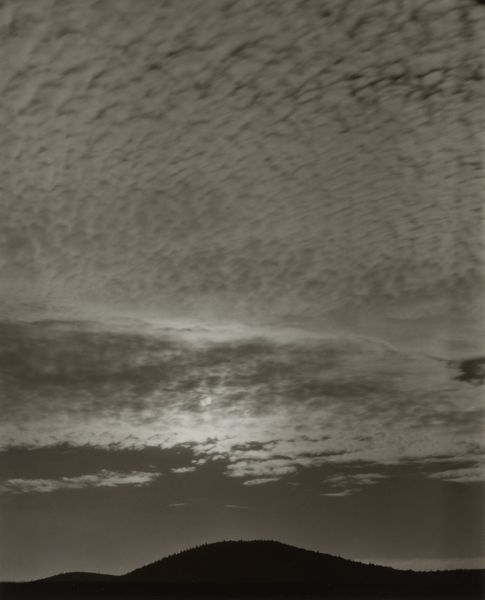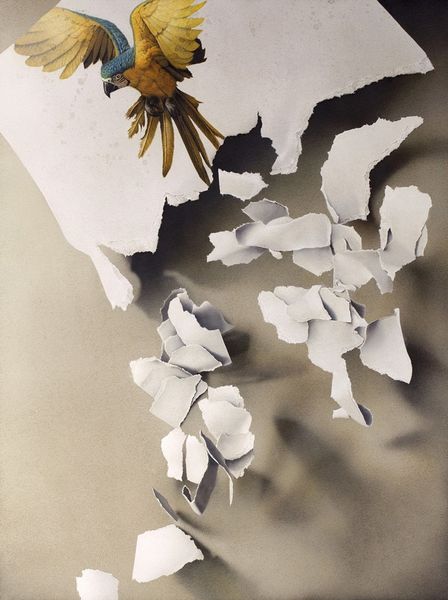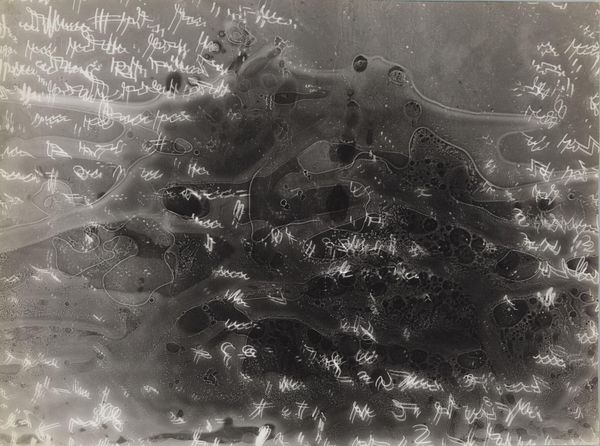![Untitled [Water Lilies] by William B. Post](/_next/image?url=https%3A%2F%2Fd2w8kbdekdi1gv.cloudfront.net%2FeyJidWNrZXQiOiAiYXJ0ZXJhLWltYWdlcy1idWNrZXQiLCAia2V5IjogImFydHdvcmtzL2Y3MGY0ZTk2LTQ2NzYtNDNmNS04ODk2LTA3NTkyZTg0N2VlYi9mNzBmNGU5Ni00Njc2LTQzZjUtODg5Ni0wNzU5MmU4NDdlZWJfZnVsbC5qcGciLCAiZWRpdHMiOiB7InJlc2l6ZSI6IHsid2lkdGgiOiAxOTIwLCAiaGVpZ2h0IjogMTkyMCwgImZpdCI6ICJpbnNpZGUifX19&w=1920&q=75)
#
simple decoration style
#
water colours
#
rough brush stroke
#
possibly oil pastel
#
stoneware
#
underpainting
#
pastel chalk drawing
#
united-states
#
watercolour bleed
#
watercolour illustration
#
watercolor
Dimensions: 3 5/8 x 9 7/16 in. (9.21 x 23.97 cm) (image)4 15/16 x 10 7/16 in. (12.54 x 26.51 cm) (mount)
Copyright: No Copyright - United States
Editor: So, we're looking at "Untitled [Water Lilies]" by William B. Post, made sometime in the late 19th or early 20th century. It appears to be a watercolor, and it strikes me as very serene and subdued in its tones. What stands out to you? Curator: What immediately grabs me is the tangible process behind its creation. We see watercolour bleed, rough brushstrokes - clear indicators of a direct, physical engagement with the materials. How do you think this choice of medium and technique affects its perceived value? Editor: I hadn't considered it that way, but it does challenge the idea of the artist as some untouchable genius. Seeing the artist's hand so clearly brings the image down to earth. Is there something to be said about the commercial appeal of a painting like this? Curator: Precisely! Watercolour as a medium was historically more accessible than, say, oil paints. How does this democratization of art materials affect the artist's place within society, the audience's interaction with the piece, or its eventual presence and reception within a museum space? Editor: I suppose making art accessible means more people could potentially produce and appreciate it. So it isn't necessarily about elevating a piece, but understanding the societal landscape it emerges from. Curator: Exactly. Think about the social context - were these materials available to everyone, or only to certain classes? The choices an artist makes with their materials say so much about the world around them, as does the commercial avenue the art then navigates. It is up to the viewer to try to follow these traces back, even from so long away. Editor: That makes me appreciate the materiality of the artwork a whole lot more now! I'll be sure to look deeper at the social implications behind artistic choices. Curator: It's all about seeing art as a product of labor and material conditions, which allows us to unpack so much about its history.
Comments
No comments
Be the first to comment and join the conversation on the ultimate creative platform.
